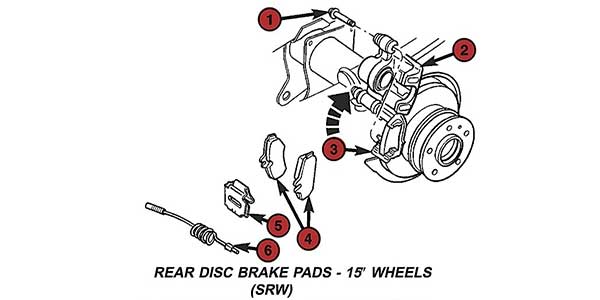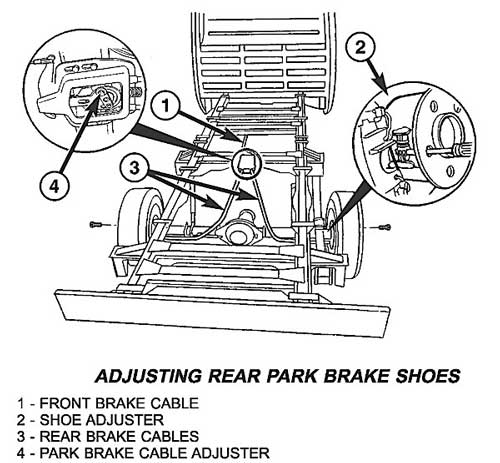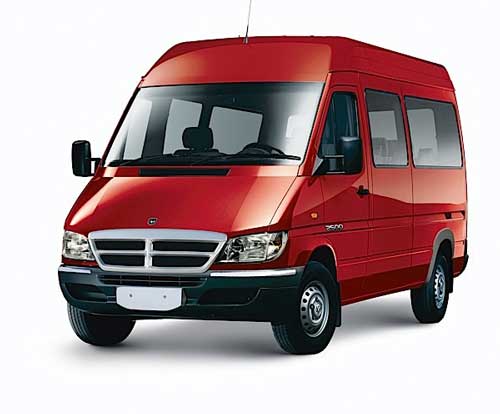 The Dodge/Mercedes-Benz/Freightliner Sprinter is not a huge seller when compared to other fleet vehicles. But, it has gained a solid following because of its huge internal cargo capacity and fuel-efficient engines. The brakes are very conventional, but require special attention for the ABS and pad sensors.
The Dodge/Mercedes-Benz/Freightliner Sprinter is not a huge seller when compared to other fleet vehicles. But, it has gained a solid following because of its huge internal cargo capacity and fuel-efficient engines. The brakes are very conventional, but require special attention for the ABS and pad sensors.
There are two generations of the Sprinter. The 2000-2006 models were the first generation of the vehicle. In 2007, Dodge redesigned the Sprinter. Both generations have similar caliper setups. The front brakes feature dual piston floating calipers. In the rear, there are two different brake systems on the Sprinter for the 2500 and 3500 models. The 2500 uses a single piston floating caliper, and the 3500 uses a dual piston floating caliper. Both versions use a drum-in-hat emergency brake. The 3500 version also has a dual wheel rear axle setup. Repair information and parts catalogs call these systems Single Rear Wheel (SRW) and Dual Rear Wheel (DRW). Keep this in mind when ordering parts.
Always check to see that the ABS and stability control systems are functioning. Most Sprinters have ABS and some level of traction control standard, while some are equipped with optional stability and roll-over mitigation systems. Not repairing the systems properly can put the driver in jeopardy due to the vehicle’s high center of gravity. If the ABS light is on, ask for diagnostic time to resolve the problem.
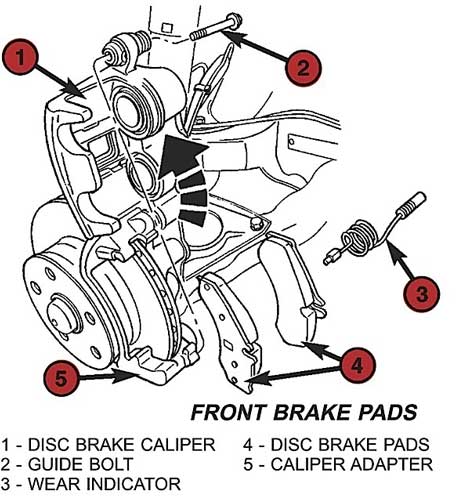
The system uses dynamic brake proportioning and an ABS hydraulic control unit to change brake pressures in both the front and rear. This system eliminates the need for proportioning or load-sensing valves. If the system is not working, it will cause the system to go into a default mode where the values are fixed. This usually results in front brake wear.
In TSB 08-028-06 for first-generation Sprinters, Chrysler states that a burned out or incorrect type brake light bulb could result in unrelated DTCs in the ECM or ABS/ESP control module. Also, corrosion in the trailer tow connector, as well as on the taillight circuit board, may cause similar erroneous and/or unrelated DTCs.
When confronted with unexplained DTCs that affect various modules, a technician should perform some preliminary checks to diagnose the condition. Check all brake light bulbs and verify that they are of the correct type (P21/5W – 12V 21/5W). The brake and park light are part of the same bulb. An incorrect bulb may bridge these two circuits. Ensure that there are no broken filaments and that the sockets are free of any corrosion. Verify there are no bent connectors or conductors.
Friction
Many aftermarket brake pad manufacturers have come up with their own application-specific brake pads for the Sprinter. The majority of Sprinters are used in the city, and noise and harshness are major considerations for the engineering of these pads. Ask your parts supplier if they stock a line of fleet brake pads with an application-specific pad for the Sprinter.
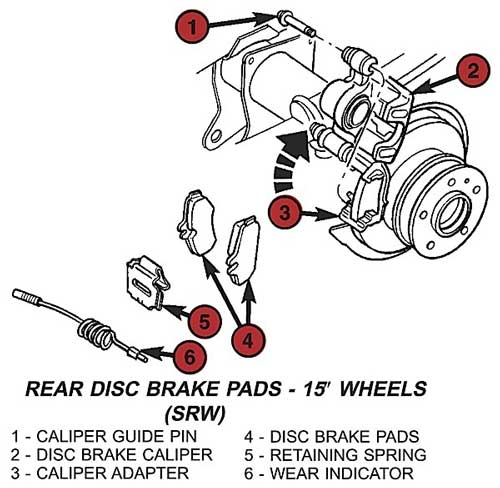
The Sprinter has wear sensors on the in-board pad. The sensors must be replaced if the light is on. Always apply a thin layer of dielectric grease to the connector to prevent wiring harness problems. If the circuit shorts out, the wear sensor light will not work and the driver could wear down the pad to the backing plate.
Bleeding
The Sprinter requires DOT 4 brake fluid, and Chrysler specifies it should be changed every two years regardless of mileage. If you are using a power bleeding technique, do not exceed 20 psi.
Rotors
The front rotor specifications are the same for the SRW and DRW. On DRW models, adapter flange has to be removed to service the rotors. The flange bolts have a torque specification of 133 ft/lbs for first-generation and 144 ft/lbs for second-generation Sprinters.
While the Sprinter is a large vehicle, the specs for runout are closer to that of a small car. In the front, the lateral runout specification is .002”. In the rear, the specification .0007”. This is to be expected with a vehicle with four floating calipers.
For the second-generation Sprinter, the lateral runout specification was reduced down to .0011” for the front and rear.
In the rear, the DRW has thicker rotors when compared to the SRW. But the service procedures are the same.
Front Brakes
The front calipers on both models are very similar. The caliper bracket bolt has a torque specification of 125 ft/lbs and 20 ft/lbs for the caliper guide bolts on first-generation vehicles. For second-generation vehicles, there are two specifications for M10 and M8 bolts. M10 bolts should be tightened to 24 ft/lbs. M8 bolts need to be tightened to 48 ft/lbs.
Rear Brakes
The rear brake caliper bracket on first-generation Sprinters has a torque specification of 66 ft/lbs for M12X1.5 bolt and 125 ft/lbs for M14X1.5 bolt. Caliper guide pin bolts have the following torque specs: the guide bolt is 19 ft/lbs for the M8 bolt, and 22 ft/lbs for the M10 bolt.
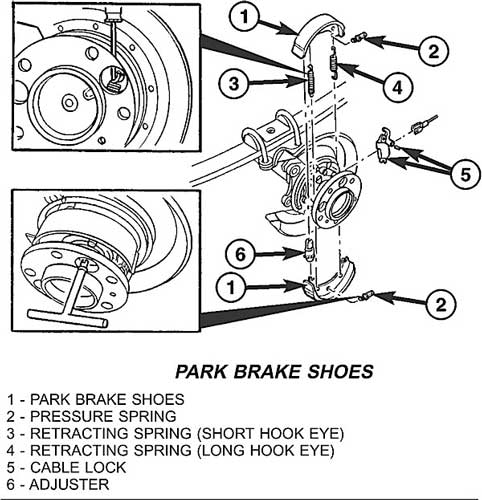
For second-generation vehicles, there are two specifications for M10 and M8 guide pin bolts. M10 bolts should be tightened to 24 ft/lbs. M8 bolts need to be tightened to 48 ft/lbs. The caliper brackets use torque-to-yield bolts. Tighten the bolts to 59 ft/lbs and turn 40 degrees.
Article courtesy Brake & Front End.

